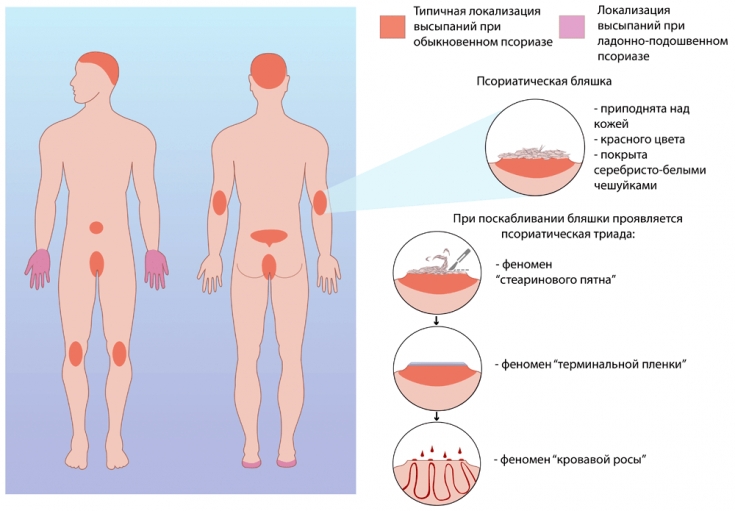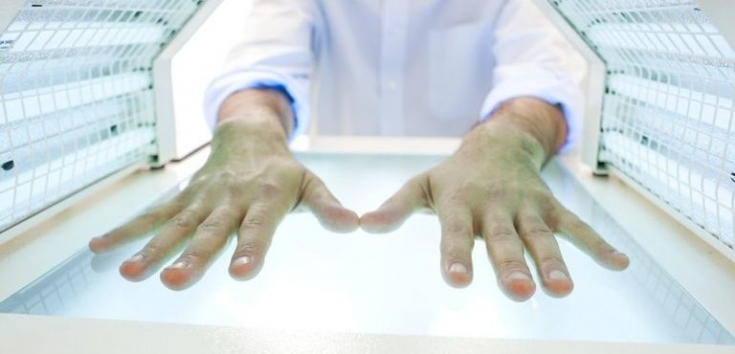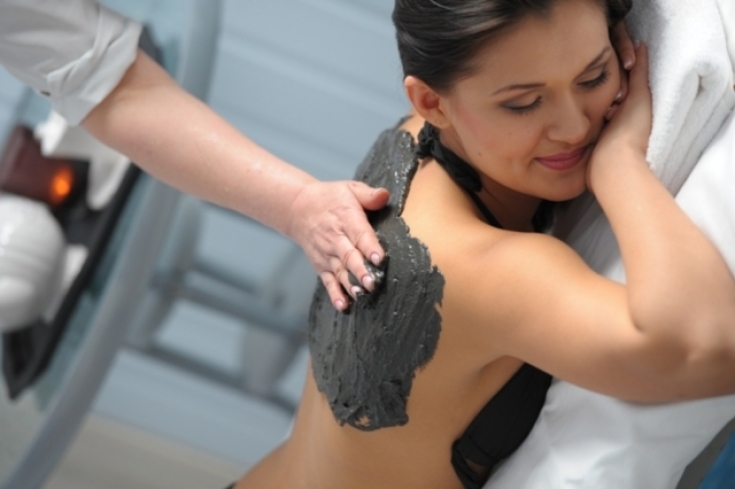Psoriasis has taken a significant position in dermatology in recent years in terms of the number of patients seeking medical help.
Psoriasis is an immunologically associated disease that is accompanied by increased epidermal proliferation with incomplete differentiation of epidermocytes, the presence of vascular changes, as well as a mixed infiltrate of inflammatory & nbsp; immunocompetent cells in the papillary dermis and epidermis.
In the mechanism of psoriasis development, the main role belongs to pro-inflammatory cytokines and mediators, which are synthesized by activated immunocytes and epidermal cells. What methods of psoriasis treatment are used today?

Immune mechanism of psoriatic plaque development
Previously, it was believed that the main cytokine that triggers the development of the skin and joint process is tumor necrosis factor alpha. However, the development of immunological science made it possible to establish an important role in the development of psoriasis not only of T-helpers of the first order, but also of T-helpers of the 17th order, as well as pro-inflammatory interleukins in the development of the inflammatory component of the psoriatic process.
An increase in the concentration of pro-inflammatory cytokines provokes the activation of keratinocytes, which produce their own interleukins, chemokines and antimicrobial peptides. This promotes keratinocyte proliferation and neoangiogenesis. These processes are decisive in the formation of psoriatic plaque.
At the present time, the question of methods of treating psoriasis remains relevant in medicine, which is associated with an increase in disabling forms of the disease and severe psoriasis.

Effective methods of treating psoriasis have been developed and improved in practice, including:
- photochemotherapy;
- balneophotochemotherapy;
- peloid therapy.
Photochemotherapy – one of the treatments for psoriasis
Photochemotherapy (PUVA - therapy) is based on the combined action of ultraviolet irradiation, with a spectrum of 320-390 nm, and a photosensitizer, which is applied orally once 1 hour before irradiation.
Contraindications and side effects of the procedure read further on estet-portal.com. This method of treatment of psoriasis is carried out with a frequency of 2-4 times a week. The course of treatment is up to 20 irradiation procedures.
Psoriasis treatment with photochemotherapy does not exclude the development of side effects in the form of cheilitis, acne, photodermatitis, hypertrichosis and candidiasis.
The use of photochemotherapy is limited by contraindications to the use of a photosensitizer by mouth. This is a violation of the liver and cataracts. The presence of contraindications and the possibility of developing side effects significantly narrow the circle of patients for whom this method of treating psoriasis can be used.

The use of pelotherapy as a treatment for psoriasis
Peloid therapy is a method of treating psoriasis with the use of tin sulphide mud. The physico-chemical properties of such muds improve blood circulation in the skin, improve trophic processes in the skin, and have anti-inflammatory and keratolytic effects.
Psychosomatics: Psoriasis - external display of internal conflicts?
Local applications of tin sulphide mud are indicated for adults and children over 2 years of age. There are different types of pelotherapy, one of them is the use of mud heated to 420C. The combination of mud therapy with other methods of psoriasis treatment, such as UVR, is effective.

One of the most active and effective peloids is the mud of Lake Saki, which has a high mineralization and contains many active substances.
Psoriasis treatment: experiences with vitamin D?
Aspects of the method - balneophotochemotherapy
Balneophotochemotherapy is a method of treating psoriasis, in which a photosensitizer is applied externally in the form of an aqueous solution.
This is possible when taking baths with a photosensitizer dissolved in water, which is most often used as a solution of ammifurin 0.3%. The number of procedures to achieve a clinical effect is from 16 to 23. Basically, 19 procedures are performed.
Also, the duration of the course of this treatment method depends on the need to achieve regression of infiltrated psoriatic plaques on the trunk and extremities.
Clinical features and treatment of nail psoriasis?
Modern medicine is improving every year, which makes it possible to introduce and use new methods of treating many chronic diseases.
The described methods of psoriasis treatment annually help many patients to get rid of the symptoms of psoriasis.







Add a comment